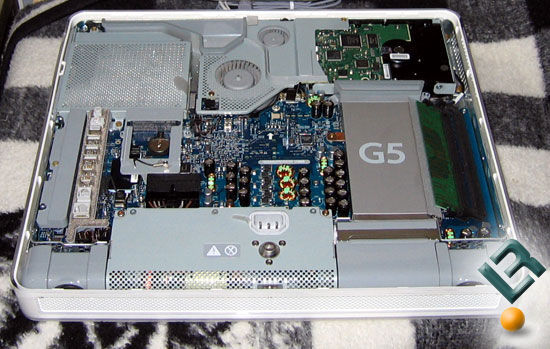

It came with Mac OS Tiger installed and was giving me fits because it would only boot in safe mode. This was one of the first models of the iMac but was also one of the first with an Intel processor. Gen Apple product.I needed to invest in an Apple computer to add the Apple OS to my resume, but I didn't want to break the bank doing it. The problems of bulging caps, and screen flicker/dimming, were never really acknowledged by Apple, but were pervasive, and on my machine persist to this day. under warranty and addition replacements and recapping at my expense. Multiple power board replacements, power supply replacements, etc. Gen 20″ model right after it came out and while it is still in limited, secondary use, it has NEVER operated correctly. Greg klein on January 29th, 2012 at 11:11 am says: AppleCare took care of those issues initially, but now the PS is shot again and I’m spending my OWN money-can’t see investing anymore $$$ through Apple but I might invest in an eBay capacitor kit. While I loved my G5, I’ve had to replace the power supply several times and also the logic board.

LATEST OS FOR IMAC G5 2006 GENERATION 3 UPGRADE
I wish I could upgrade to Snow Leopard.īruce Righter on November 17th, 2010 at 12:29 pm says: I can’t watch HD or Netflix, but other than that it works fine after having the power supply replaced once by Apple (no charge).

Features such as expose have become essential on a day to day basis now.ĬhuckG on June 29th, 2010 at 11:00 pm says: Jamie Kenworth on March 20th, 2010 at 4:26 pm says:įor me 10.3 was the first OS X version that was actually usable and could replace OS 9. This was my first iMac, ran really quickly at the time and Tiger was revolutionary compared to any other OS of the time. The whole package weighed in at only 18.5 lbs (8.4kg) Speakers were now built in to all models. VGA and S-Video and composite video outputs were available.Īll models were AirPort Exteme Wireless ready with a option to opt for internal Bluetooth. USB 2.0 ports came in a threesome and 2 Fire Wire 400 ports provided high speed connections. These video cards used an 8x AGP port and contained 64MB of dedicated DDR. Powering the displays was the job of the NVIDIA GeForce FX 5200 Ultra video card. All models could be upgraded to a maximum of 2GB of DDR Ram. The top range models contained a 20″ display and a 2.1Ghz model. The optical drive on the low end model was a combo drive which in higher end models was replaced with Apples superdrive. It had 256MB of PC3200 DDR Ram as standard. The model range started with the 17″ 1.6Ghz PPC G5 CPU. The iMac was supported by a sturdy aluminum stand that is higned to allow for tilt adjustment. It is often mistaken for a stand alone LCD display when infact there is a powerhouse of computing contained within. The design encapsulated the entire machine in a 2 inch thick screen. The new all in one screen shape has been used in all subsequent iMacs to date. The introduction of the iMac G5 model line showed us a completely different design to the floating iMac G4. After the introduction of the 20″ iMac G4 models stunned the computing world with its sheer size, Apple decided to end the G4 model line and move on to a different design.


 0 kommentar(er)
0 kommentar(er)
